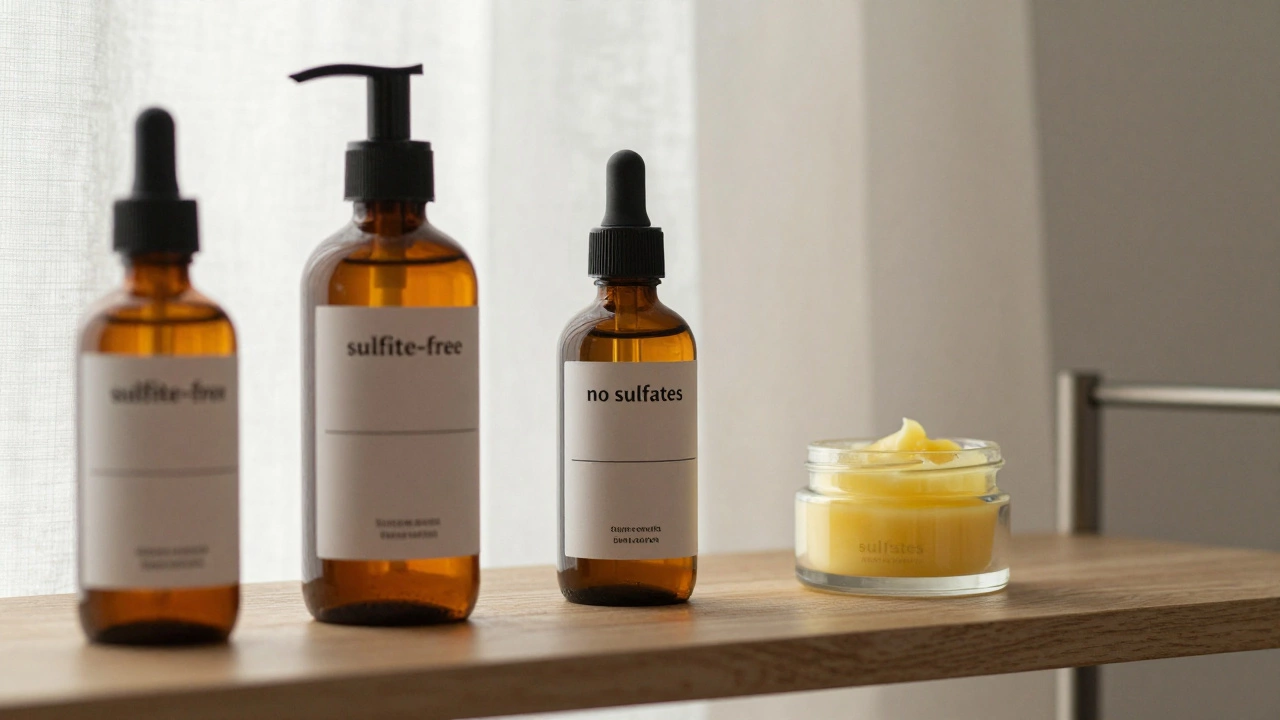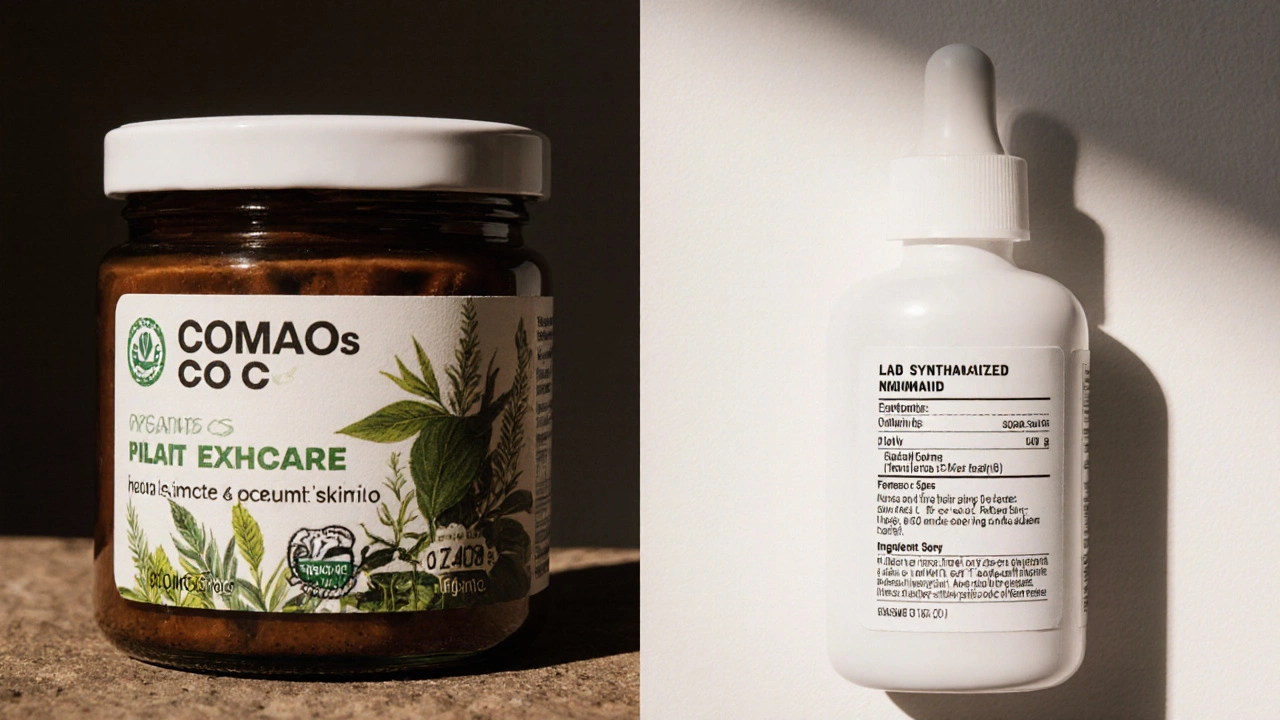Skincare Ingredients: Your Quick Guide to What Works
Ever stare at a bottle and wonder if the stuff inside will actually help your skin? You’re not alone. The ingredient list is the real cheat sheet – it tells you exactly what’s going to hydrate, protect, or repair. Knowing the basics saves you from tossing money at hype and lets you build a routine that actually delivers.
Common Ingredient Types and What They Do
First up, acids. Alpha‑hydroxy acids (AHAs) like glycolic and lactic acid gently lift dead skin, while beta‑hydroxy acid (BHA) – usually salicylic acid – dives into pores to clear out oil. Use them a few times a week if you’ve got dullness or breakouts.
Next, antioxidants. Vitamin C, niacinamide, and green tea extract neutralize free radicals caused by sun and pollution. They’re great for brightening and keeping fine lines at bay. A serum with 10‑15% vitamin C is a solid daily boost.
Humectants pull water into the skin. Glycerin, hyaluronic acid, and honey are the most common. They work best when you lock in the moisture with an occlusive, like a light oil or petrolatum, especially at night.
Occlusives form a barrier on the surface to prevent evaporation. Think shea butter, squalane, and dimethicone. They’re the finish line of every good moisturizer, sealing in the benefits of the actives underneath.
How to Spot Good Ingredients and Skip the Fluff
Check the order. Ingredients are listed from most to least present, so if a key active sits near the bottom, you probably won’t see results. Look for concentrations – “5% niacinamide” or “2% retinol” – because a vague “contains niacinamide” doesn’t tell you much.
Avoid heavy fragrance lists if you have sensitive skin. Words like “parfum” or “essential oil” often hide irritants. Instead, focus on “fragrance‑free” or “unscented”.
Watch out for “inactive” buzzwords like “derma‑approved” or “clinical strength” without any numbers or studies to back them up. Real science shows up as percentages, pH levels, or references to trials.
Finally, match ingredients to your skin type. Oily skin loves salicylic acid and lightweight gels, while dry skin benefits from ceramides, fatty acids, and richer creams. Knowing the combo that works for you cuts down trial and error.
Ready to shop? Spot the actives you need, read the list from top to bottom, and don’t be swayed by fancy packaging. With these basics, you’ll pick products that actually improve your skin, not just your vanity shelf.
Is Sulfa the Same as Sulfite Allergy? What Organic Skincare Users Need to Know
Sulfa and sulfite allergies are often confused, but they're completely different. Learn what actually matters for organic skincare users and how to read labels safely without over-restricting your routine.
Is organic skincare better for your skin? Here’s what actually works
Organic skincare isn't magically better for your skin-what matters are the ingredients, not the label. Learn what actually works for sensitive skin, acne, and aging, and how to cut through the marketing hype.
Is CeraVe Really Medical‑Grade? What the Facts Show
Discover whether CeraVe truly qualifies as medical‑grade skincare. Learn the meaning of the term, ingredient science, dermatologist backing, and how it stacks up against rivals.
Uncovering the Truth: Are Organic Skincare Products Really Chemical-Free?
Organic skincare products often come with the perception of being 100% chemical-free and environmentally friendly. However, it's essential to understand what "chemical-free" truly means in the context of skincare. This article dives deep into the world of organic skincare, exploring the realities behind ingredient lists and the processes involved in creating these products. It also offers insights into choosing the right organic products for your skin type. Get ready to uncover the truths and myths surrounding organic skincare.




 Hair Care
Hair Care